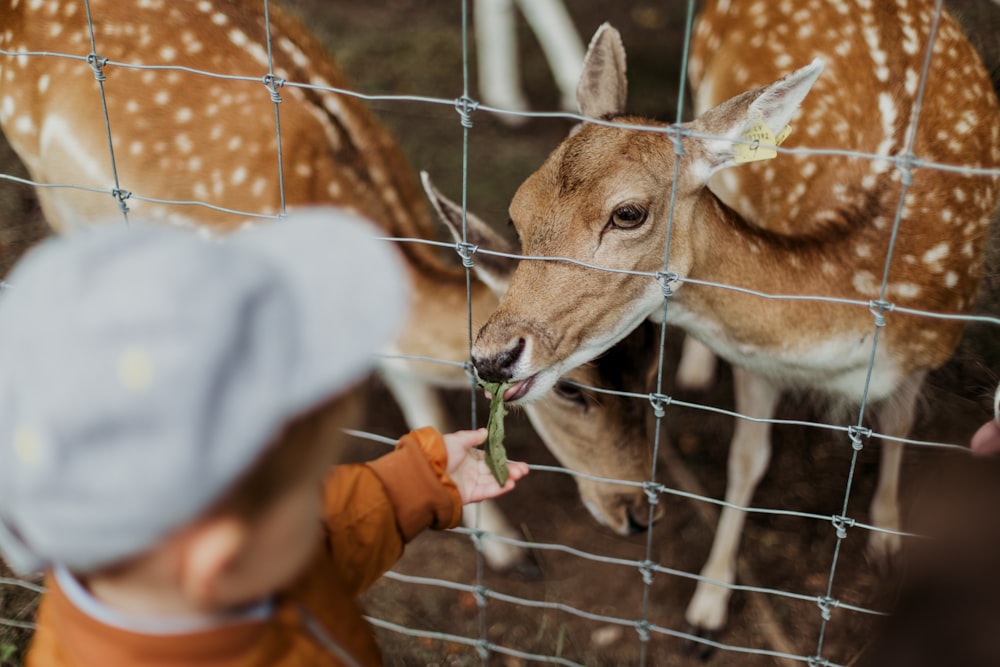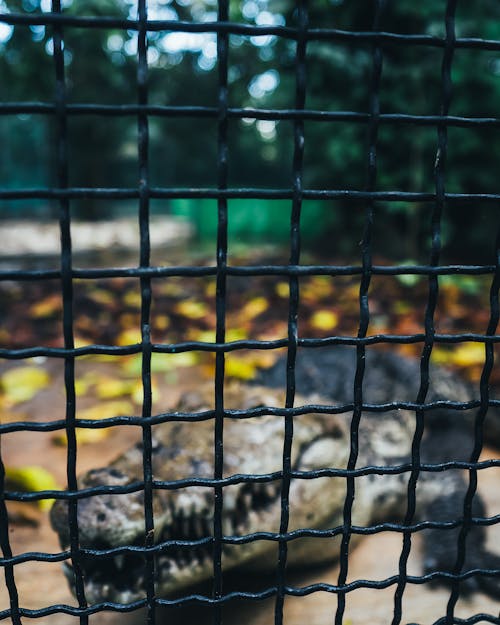Increasing Blueberry Yield
The 8' fence, angled to the outside of the blueberry patch, is easy to build and easy to move. Simple in design, this deer fence uses seven strands of wire.
And it cost him ¢.40 per foot to build!
Prior to building the fence, the patch typically yielded 3,500 pounds of berries. The season after he built the fence, the yield was up to 14,000 pounds! Joe Wave of Wave's U-Pick Blueberries in Kaleva, Michigan talks about his innovative deer fence:
What do you think of this solution? Would it be something you'd want to use?


















